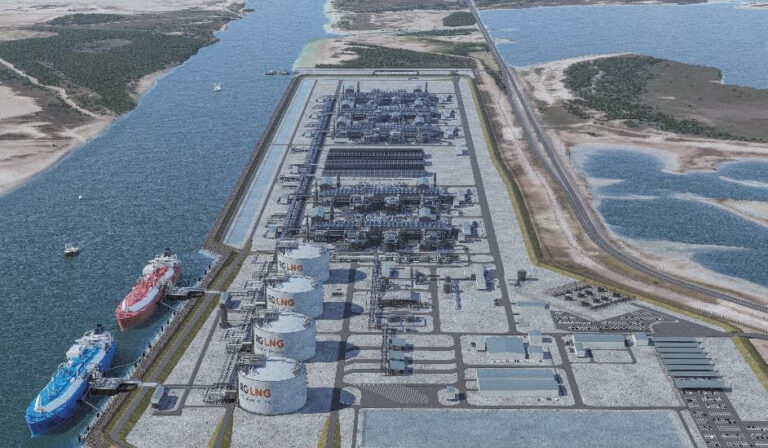A pivotal development has emerged for NextDecade’s Rio Grande LNG project as it secures essential Rio Grande LNG funding to accelerate the construction of its fourth liquefaction train. The funding partnership, with TotalEnergies and Global Infrastructure Partners, draws the project significantly closer to a final investment decision. Let us delve into how this financial milestone unfolds, its broader impact on U.S. LNG exports, and what it portends for the future of liquefied natural gas infrastructure.
Investment Breakdown and Strategic Significance
In a major financial boost, NextDecade has secured Rio Grande LNG funding totaling up to $1.8 billion. TotalEnergies is committing approximately $300 million for a 10 percent stake in Train 4, while Global Infrastructure Partners (GIP) will inject up to $1.5 billion for a 50 percent interest. NextDecade itself will internally invest up to $1.2 billion to hold a 40 percent share, which could escalate to 60 percent depending on GIP's achievement of return thresholds.
This capital injection is a critical enabler for the development of Train 4, which will add 5.4 million tonnes per annum of export capacity to the existing Rio Grande LNG infrastructure. The funding underscores investor confidence and demonstrates a tangible commitment to expanding LNG export capacity from the United States.
Regulatory Outlook and Timeline to FID
The secured Rio Grande LNG funding arrives at a crucial juncture. The project is awaiting a final order from the Federal Energy Regulatory Commission (FERC). The final environmental review has been completed, and staff have recommended approval to proceed. A decision on the remand review is expected by November 20.
Furthermore, NextDecade has locked in a fixed-price construction contract with Bechtel valued at $4.77 billion, which remains valid through mid-September. These elements collectively strengthen the financial and regulatory foundation to reach a positive Final Investment Decision.
Implications for U.S. LNG Export Ambitions
With Rio Grande LNG funding now in place, the expansion of this project promises to reinforce U.S. leadership in the LNG export market. The combined capacity of Trains 4 and 5 will add 10.8 million tonnes per annum, helping solidify export volume growth.
Moreover, partnerships backed by TotalEnergies and GIP signal robust international confidence. TotalEnergies has a long-term agreement to purchase 1.5 million tonnes per annum from Train 4, ensuring demand stability. This alignment highlights Rio Grande as a cornerstone asset amid surging global LNG demand.
Challenges and Strategic Considerations
Securing Rio Grande LNG funding is a remarkable achievement, but challenges remain. Train 5 is not currently supported by TotalEnergies, as the company has refrained from investing or agreeing to purchase LNG from that stage. Additionally, rising construction costs—elevated by U.S. steel tariffs—plus intense competition from global LNG developers may pressure project margins.
NextDecade must also navigate market dynamics, including potential oversupply risks. Achieving final investment decisions for Train 5 will likely hinge on securing new long-term offtake agreements and managing cost efficiencies.
Looking Ahead: What to Watch
As the Rio Grande LNG funding narrative unfolds, several milestones stand out:
- A FERC final order by November will clear a major regulatory hurdle.
- Bechtel construction contract execution through September will provide clarity on capital deployment.
- Long-term demand for Train 4 volumes—bolstered by deals with TotalEnergies and others—will determine revenue stability.
- Progress on securing financing and offtake agreements for Train 5 will define the project's expanded trajectory.
These developments will offer vital signals for energy markets and U.S. LNG export competitiveness.
Conclusion
Securing Rio Grande LNG funding through strategic investment from TotalEnergies and GIP marks a turning point for NextDecade’s Rio Grande LNG development. It bridges a critical financing gap, brings the Train 4 phase closer to execution, and reaffirms global investor confidence in the future of U.S. LNG exports. While challenges remain, this funding milestone reinvigorates the project’s momentum and signals meaningful progress in expanding America's role in the global energy supply.
Read More






 Sunday, 30-11-25
Sunday, 30-11-25







